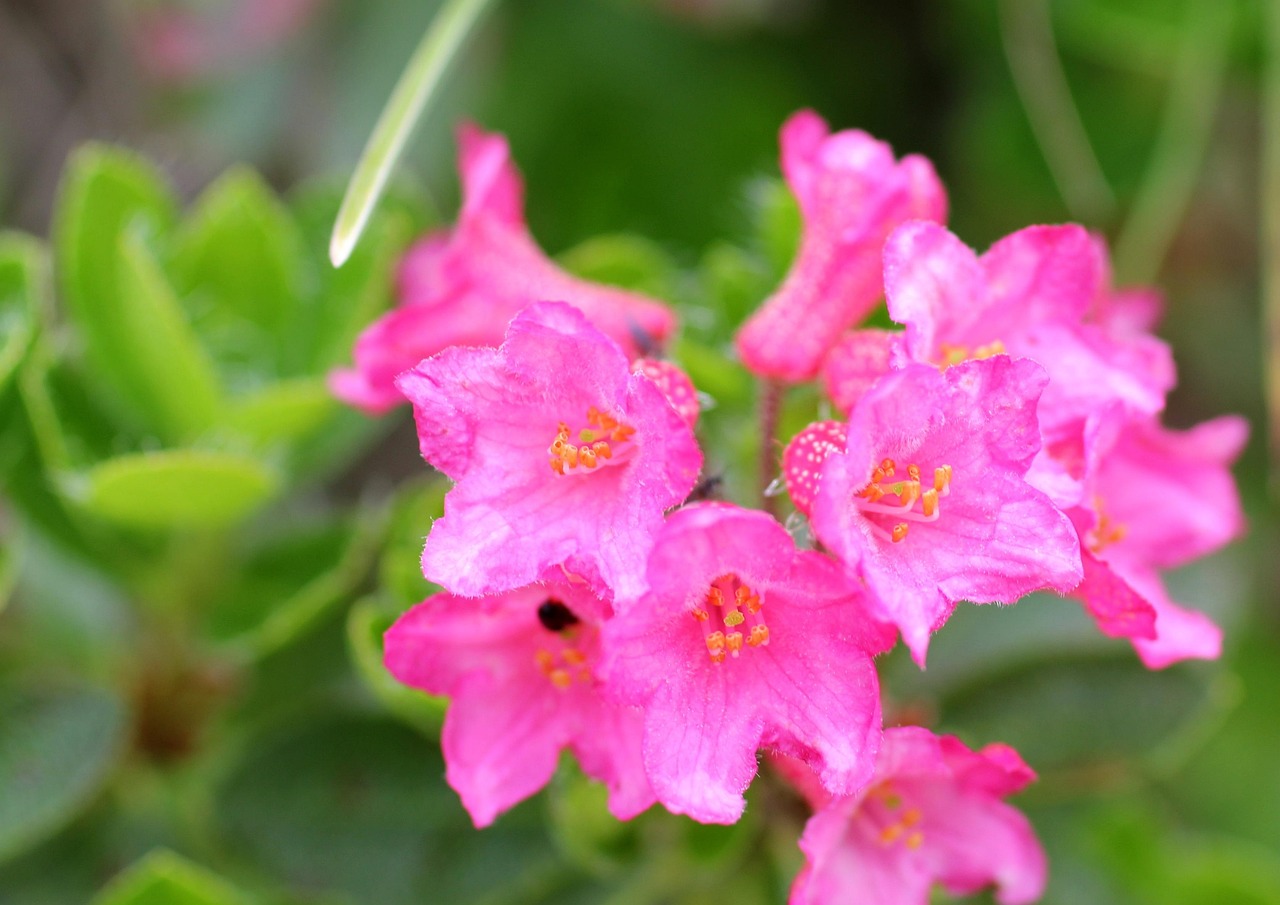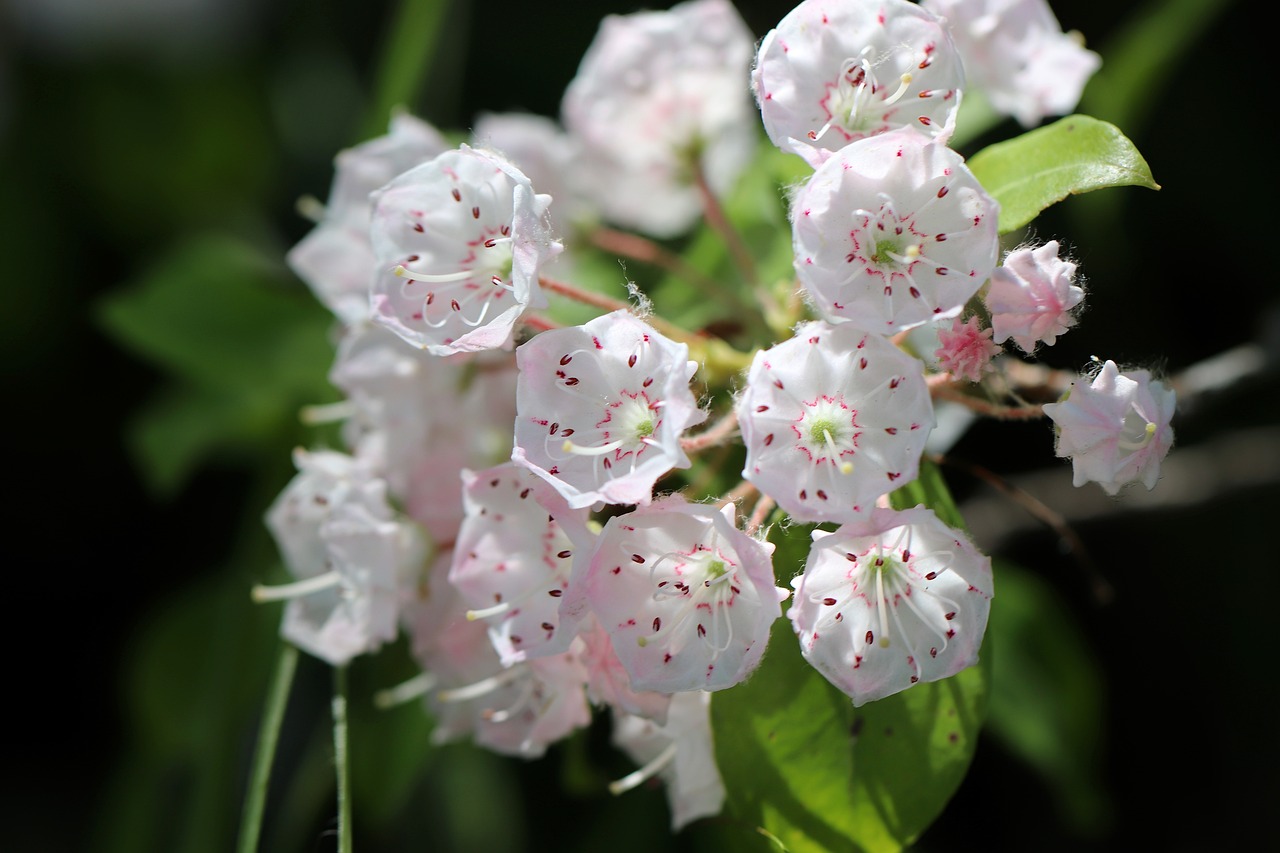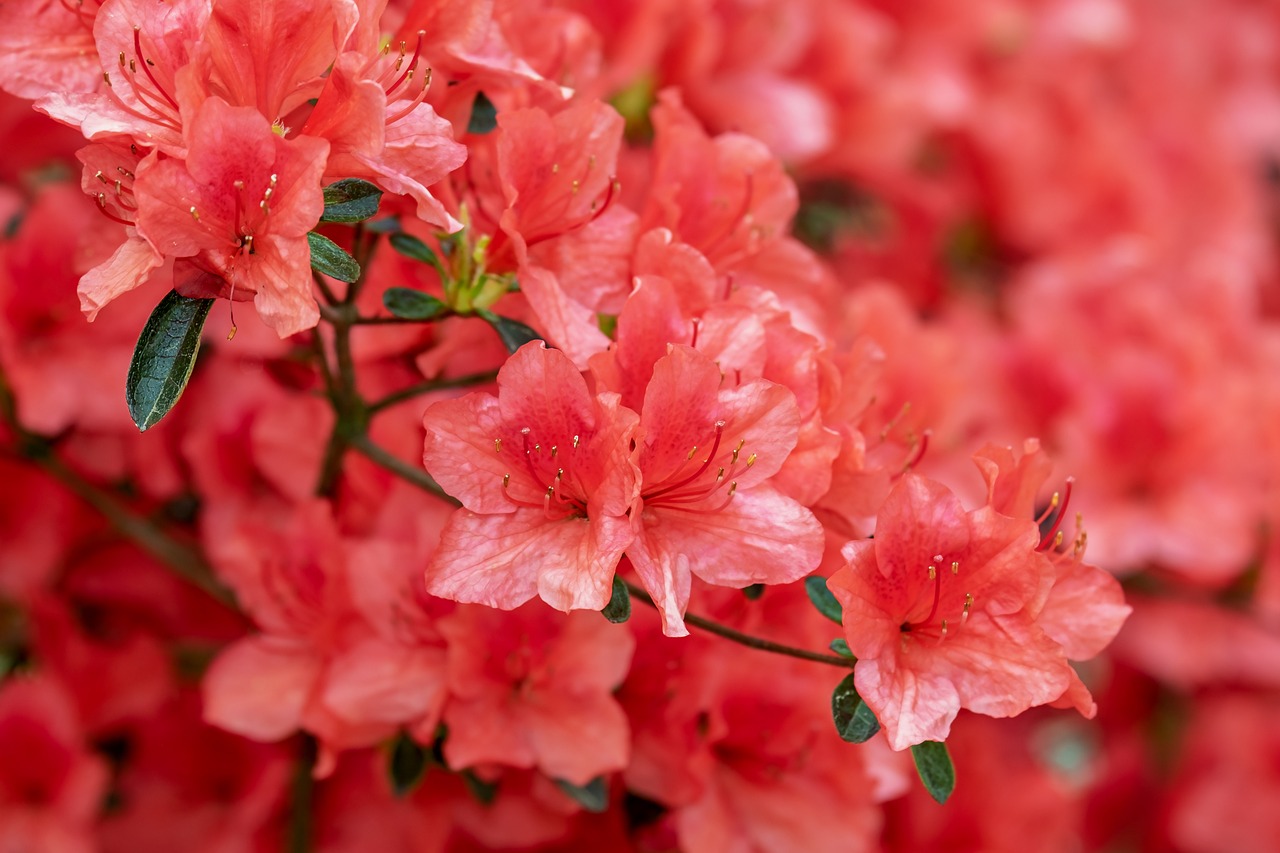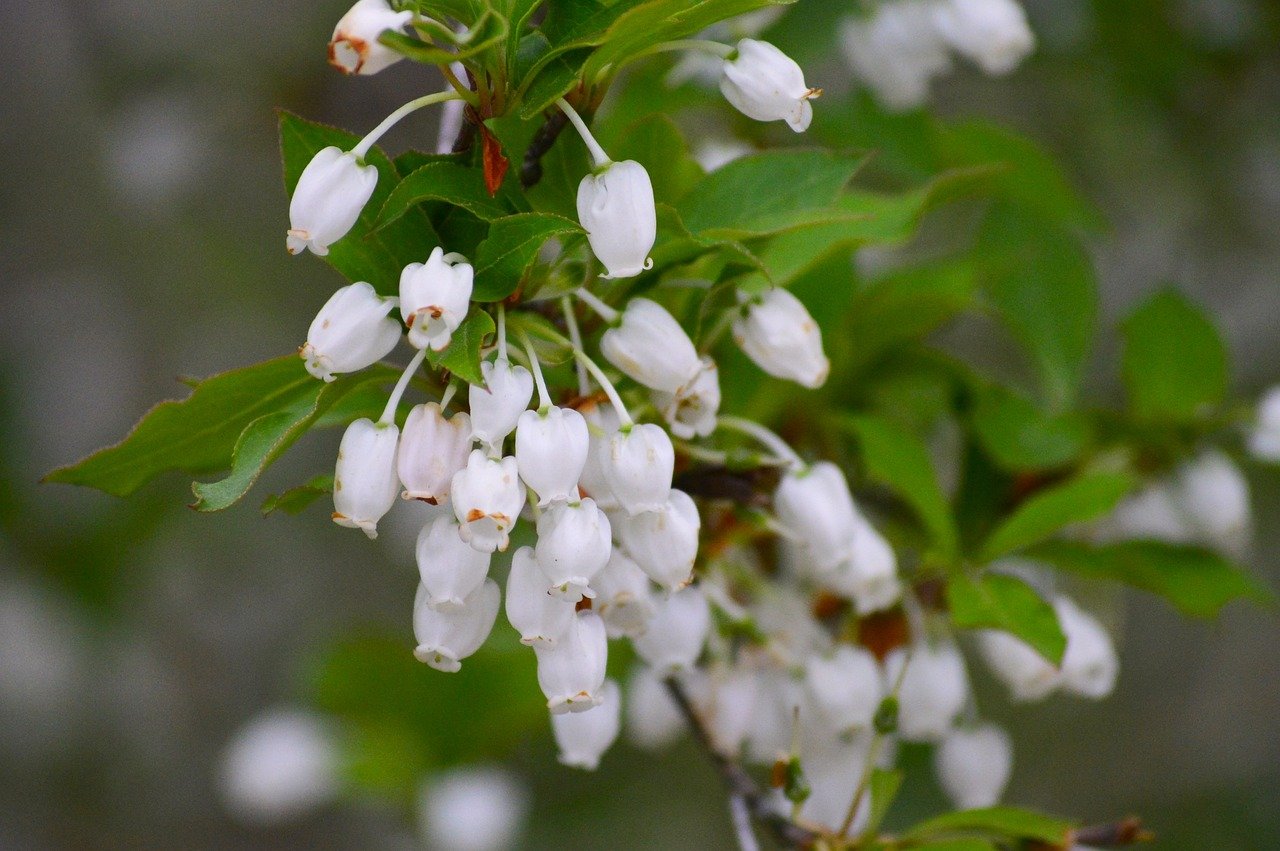Satsuki | A Classical Flower of Early Summer in Japanese Gardens and Bonsai
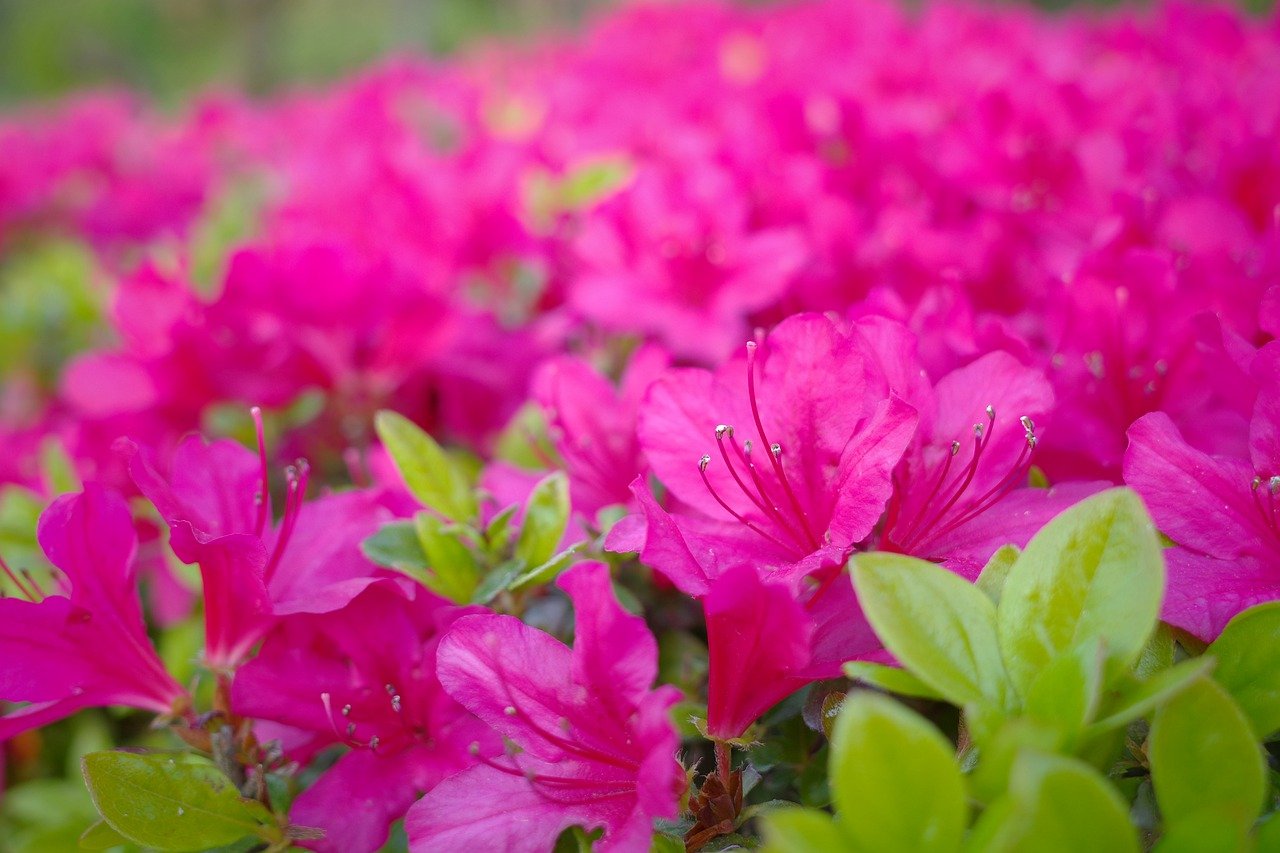
I would like to introduce Satsuki, a plant from the azalea family that produces beautiful blossoms in early summer. It has long been cherished in Japanese gardens and bonsai.
With its vibrant flowers and compact growth habit, Satsuki has been widely cultivated as both a garden tree and a potted plant.
In this article, I will explain the basic information, cultural background, history, and key tips for growing Satsuki.
Basic Information
- Scientific name: Rhododendron indicum
- Family: Ericaceae (Azalea family)
- Origin: Japan, China
- Appearance: Satsuki is a small shrub with brightly colored flowers in pink, red, white, and purple, appearing in solid shades or striped patterns. Its small, densely growing leaves make it well-suited for gardens and bonsai.
- Flowering season: From May to June. The name “Satsuki” comes from the old Japanese lunar calendar month of May (satsuki).
Cultural Significance Worldwide

Satsuki is deeply rooted in Japanese culture and plays an important role in gardens and bonsai.
In Kyoto’s traditional gardens and temples, Satsuki is planted as a striking accent, enhancing the beauty of the scenery with its vivid colors.
It is also associated with the symbolic meanings of “perseverance” and “moderation,” representing elements of the Japanese spirit. In tea ceremonies, the sight of Satsuki in the garden often reflects the aesthetics of wabi-sabi.
Abroad, Satsuki is known as the “Japanese Azalea” and is admired as a symbol of Japanese gardens. It spread to the United States and Europe along with the popularity of Japanese gardens, and today, its blossoms can be enjoyed in many botanical gardens.
Historical Background
The cultivation of Satsuki has a long history, with records dating back to the Heian period. At that time, it was planted in palace gardens and temple grounds, admired by the aristocracy.
During the Edo period, horticultural culture flourished, and selective breeding of Satsuki advanced, leading to the creation of many new varieties. Its popularity as a bonsai plant grew, securing its place in Edo garden culture.
Today, Satsuki bonsai is still highly valued as a traditional Japanese art form and enjoys strong popularity both in Japan and abroad.
Gardening Advice

Satsuki is a hardy and relatively easy plant to care for, but to achieve beautiful blooms, proper conditions and maintenance are essential.
Sunlight
Prefers partial shade to full sun. Avoid intense summer sunlight; bright, filtered light is ideal.
Watering
Water thoroughly when the soil surface becomes dry. Good drainage is important to prevent root rot. During summer, water in the cool hours of morning or evening.
Soil
Prefers acidic soil. Use azalea-specific soil mixes or add peat moss and leaf mold.
Fertilizer
Apply slow-release fertilizer after flowering. In spring and autumn, supplement with liquid or compound fertilizers.
Pruning
Prune after flowering to remove old or crowded branches, encouraging new growth. The best time is from June to early July.
Conclusion
Satsuki is a plant deeply intertwined with Japanese landscapes and culture. Its blossoms bring beauty to both gardens and bonsai.
With proper care, it will reward you with brilliant flowers year after year. I recommend cultivating Satsuki in your garden or balcony to bring a touch of Japanese tradition into daily life.

